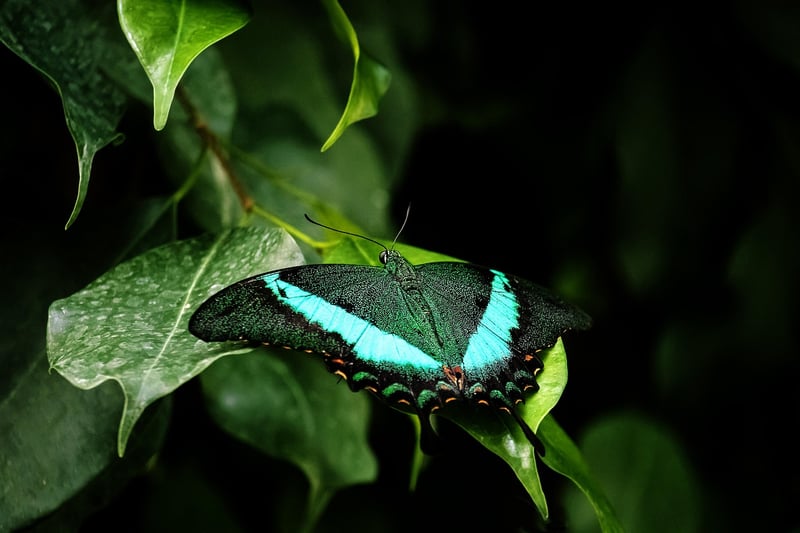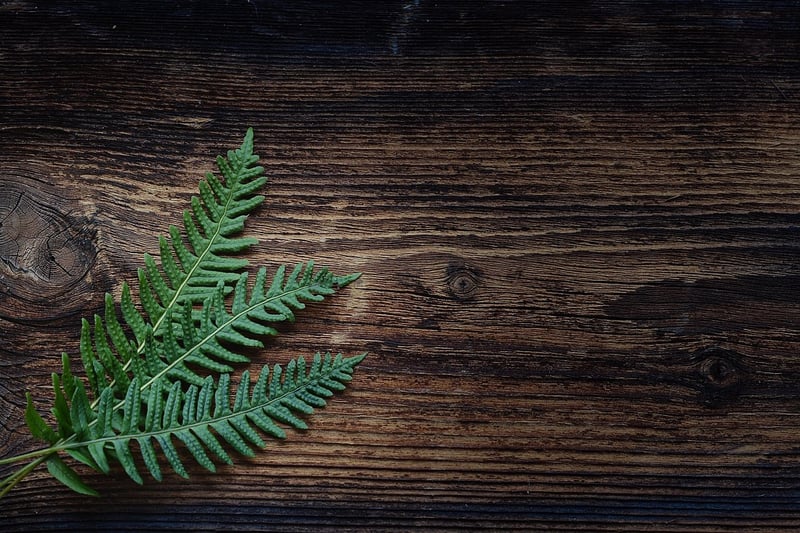Small Spaces
Gardening in Small Spaces: Tips for Growing Plants in Limited Areas
Having a small living space doesn't mean you can't enjoy the benefits of gardening. With some creativity and strategic planning, you can grow a variety of plants even in limited areas. Here are some tips to help you make the most of your small space:
1. Choose the Right Plants
Opt for plants that thrive in small containers or vertical gardens. Herbs like basil, mint, and parsley are great choices for indoor gardening. Succulents and air plants are also excellent options for small spaces.
2. Utilize Vertical Space
Maximize your space by using vertical planters or hanging baskets. This allows you to grow plants upwards, saving valuable floor space. Install wall-mounted shelves or hooks to create a green wall of cascading plants.
3. Get Creative with Containers
Repurpose everyday items like mason jars, tin cans, or wooden crates as plant containers. Be sure to provide adequate drainage for your plants to thrive. Mix and match containers of different sizes and shapes to add visual interest to your small garden.
4. Opt for Compact Varieties
Choose compact or dwarf varieties of fruits and vegetables if you're growing edibles. Cherry tomatoes, mini bell peppers, and dwarf citrus trees are ideal for small spaces. These plants are not only space-saving but also produce a bountiful harvest.
5. Make Use of Natural Light
Place your plants near windows or in areas that receive ample sunlight. If natural light is limited, consider using grow lights to supplement the light requirements of your plants. Proper lighting is essential for healthy growth.
6. Implement a Watering Schedule
Since containers in small spaces tend to dry out faster, establish a regular watering schedule to keep your plants hydrated. Use a watering can with a narrow spout for precise watering, and monitor the moisture levels of the soil regularly.
7. Regular Maintenance
Keep your small garden healthy by regularly pruning, fertilizing, and repotting your plants as needed. Remove any dead leaves or spent flowers to promote new growth. Stay attentive to the needs of your plants to ensure they thrive in a limited space.
Conclusion
With these tips, you can transform even the smallest of spaces into a green oasis. Gardening in limited areas requires a bit of creativity and planning, but the rewards of nurturing your own plants are well worth the effort. Embrace the beauty of nature in your small space and enjoy the therapeutic benefits of gardening.

